The Evolution of AI-Powered Event Production: Where Innovation Meets Experience
A comprehensive look at how intelligent systems and flexible technologies are transforming live events
In a dimly lit control room at a recent international conference, something remarkable is happening. Instead of frantic camera operators and overwhelmed technicians, we see professionals confidently orchestrating AI-powered systems that anticipate needs and adapt in real-time. This isn’t science fiction—it’s the present reality of event production, where artificial intelligence is transforming how we capture and deliver memorable experiences.
Smart Cameras: The New Eyes of Event Production
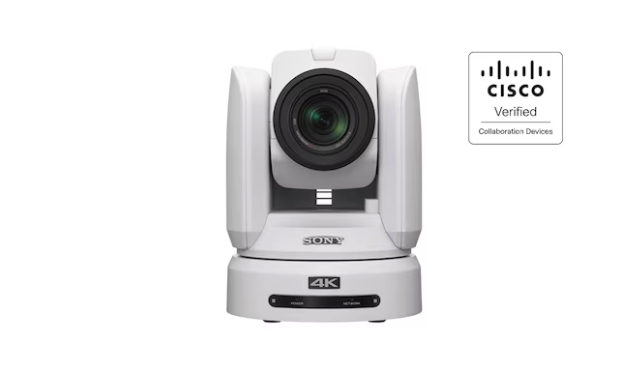
When the NBA embraced AI-driven cameras for their 2023-2024 season, they weren’t just upgrading equipment—they were reimagining the entire approach to sports broadcasting. These intelligent systems track action with uncanny precision, anticipating plays and capturing moments that might have eluded even the most experienced camera operators. The revolution extends beyond sports, as intelligent PTZ cameras like Sony’s BRC-X1000 transform how we capture everything from corporate presentations to live performances. Gone are the days of complex cable runs and manual adjustments. A single ethernet cable now carries power, control signals, and video feeds through Power over Ethernet (PoE), dramatically simplifying setup while expanding creative possibilities. This elegant solution exemplifies how technological advancement can simultaneously reduce complexity and enhance capability.
What’s Changed:
- Intelligent PTZ (Pan-Tilt-Zoom) cameras like Sony’s BRC-X1000 now track speakers automatically
- Facial recognition enables priority tracking of key individuals
- Single-cable setups replace complex wiring through Power over Ethernet (PoE)
💡 Key Takeaway: Modern AI cameras reduce technical complexity while improving production quality, allowing teams to focus on creative decisions rather than technical adjustments.
The Cloud Revolution: AWS Powers the Future
The transformation of event production runs deeper than what meets the eye. Amazon Web Services (AWS) has emerged as the invisible force multiplier, providing the robust infrastructure that makes modern multi-location productions possible. Consider a recent global product launch we produced: While the audience saw seamless transitions between presenters in Seattle, Tokyo, and Berlin, behind the scenes, AWS’s comprehensive suite of services orchestrated a complex dance of video processing, storage, and delivery.
AWS Elemental Media Services form the cornerstone of this new production paradigm, handling everything from live video encoding to content delivery. When platforms like TVU Networks and Grass Valley’s AMPP enable producers to switch between global feeds with a single touch, they’re leveraging AWS’s global infrastructure to make that magic happen. This cloud foundation doesn’t just change where we work—it fundamentally transforms how creative teams collaborate across continents.
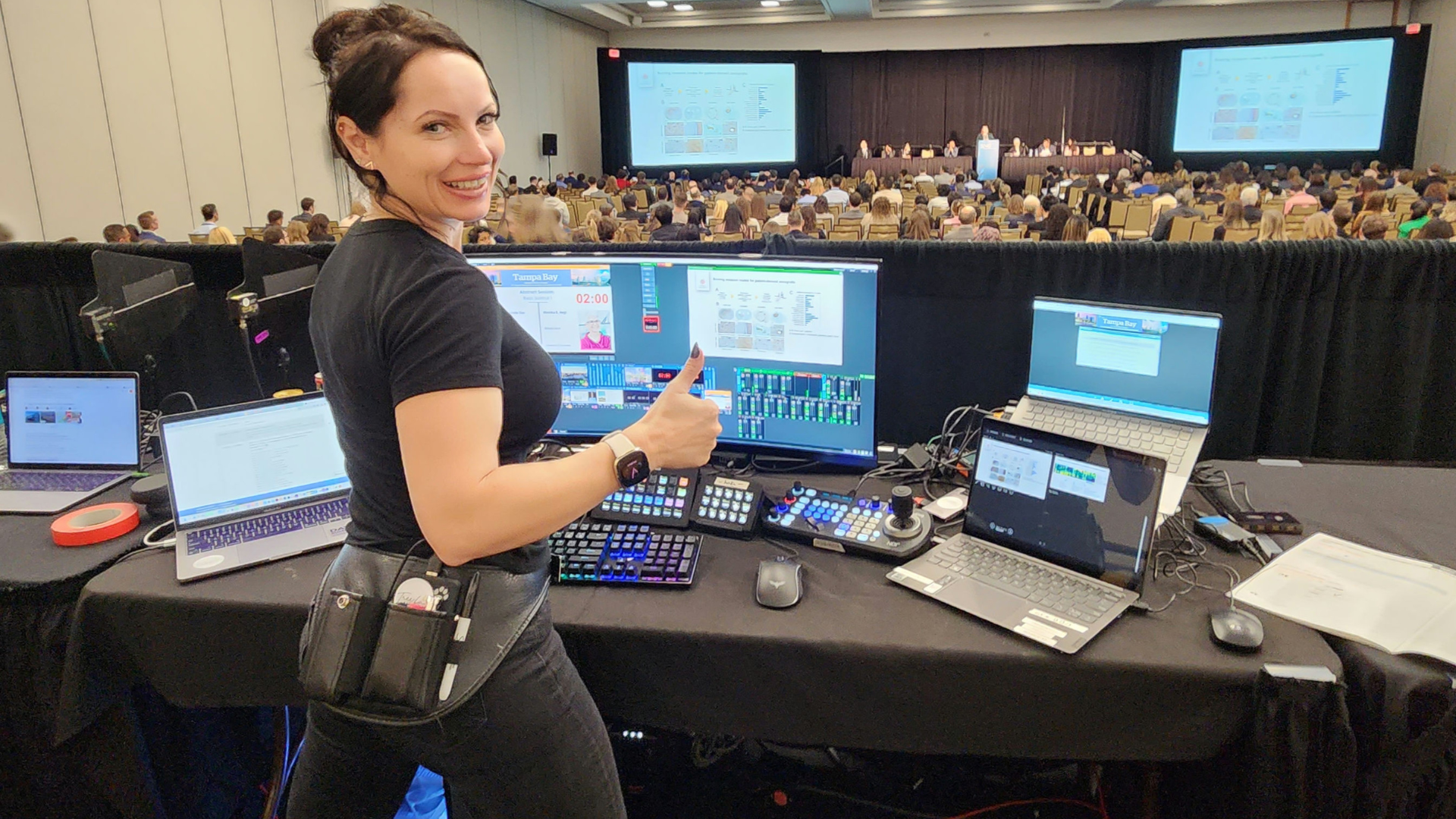
AWS: The Digital Backbone
At the heart of today’s cloud-based production lies AWS’s comprehensive infrastructure:
Essential AWS Services
- Compute Power: Scalable resources for real-time video processing
- Storage Solutions: Amazon S3 for secure media asset management
- Content Delivery: Amazon CloudFront ensuring global, low-latency streaming
- Specialized Tools: AWS Elemental Media Services suite for professional video workflows
The Production Layer
Building on AWS’s foundation, specialized platforms add crucial capabilities:
Leading Platforms
- TVU Networks: Cloud-based production tools
- Grass Valley’s AMPP: Advanced production ecosystem
- Custom solutions leveraging AWS infrastructure
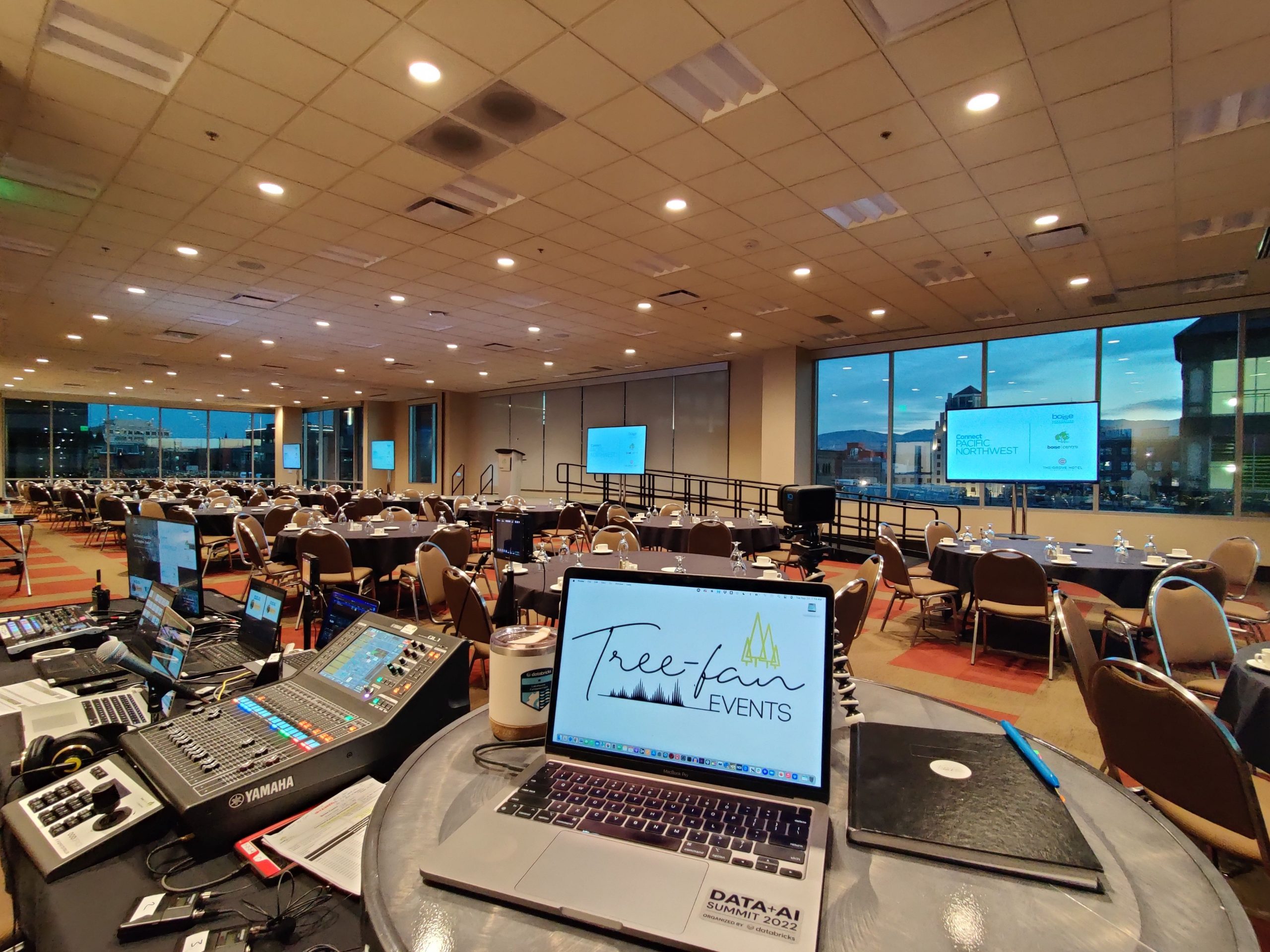
Real-World Impact
Consider a recent global product launch: The presentation originated in Seattle, with simultaneous demonstrations from labs in Tokyo and Berlin. The entire production ran through a single cloud interface, with AWS handling the intensive video processing and delivery while our creative team focused on audience engagement and storytelling.
💡 Key Takeaway: AWS’s cloud infrastructure, combined with specialized production platforms, isn’t just changing where we work—it’s revolutionizing how global teams collaborate.
The Audio Evolution: Intelligence Meets Sound
Today’s AI-powered audio systems, driven by innovations from companies like Waves Audio and Sound Devices, are revolutionizing sound management. These systems can automatically balance multiple audio sources, suppress unwanted noise, and predict and prevent feedback before it occurs. The technology excels at distinguishing between different sound sources, isolating vocals, and optimizing levels for various listening environments.
At a recent music festival, we witnessed how these systems could identify and isolate different instruments on stage, creating a cleaner and more balanced mix for both the live audience and online stream. While the ability to reliably anticipate specific musical elements like solos in a live setting remains in early development, current AI significantly enhances audio quality and streamlines the mixing process.
💡 Key Takeaway: AI audio systems excel at technical tasks while complementing human expertise rather than replacing it.
The Visual Revolution: AI in Photography and Videography
The impact of AI extends beyond the production booth, revolutionizing how we capture and preserve event memories. Traditional event photography and videography are being transformed through intelligent systems that enhance both the capture and curation processes.
Key Innovations:
- Automated highlight generation using advanced AI algorithms
- Predictive shot planning based on event analytics
- AI-enhanced image selection and editing
- Real-time brand visibility tracking
💡 Key Takeaway: AI tools are transforming post-production workflows, making it possible to create more content in less time without sacrificing quality.
The Future: A Convergence of Intelligence and Flexibility
As we look ahead, the convergence of AI and revolutionary display technologies promises to reshape how we conceptualize and deliver immersive experiences.
The Visual Revolution: Breaking Free from Constraints
The horizon of AV production stretches far beyond current capabilities, with Samsung’s revolutionary flexible display technology announced at CES 2025 promising to fundamentally reshape how we conceptualize and deliver visual experiences. This isn’t just an incremental improvement—it’s a paradigm shift that could mark the end of traditional projection screens as we know them.Imagine arriving at a venue with a 150-inch display rolled up like a yoga mat under your arm. These aren’t just screens—they’re chameleons, able to stretch, conform, and adapt to any environment. A corporate ballroom transforms into an underwater wonderland as displays wrap seamlessly around columns and across ceilings. A theatrical production comes alive as shape-shifting backdrops respond to performers’ movements.
This technology eliminates the traditional constraints of rigid displays and fixed aspect ratios. Content adapts dynamically as screens transform, creating truly immersive environments that respond to both programmed cues and audience interaction. The implications for event design are staggering: imagine exhibitions where every surface becomes an interactive canvas, or conference spaces that morph to accommodate different session sizes and styles throughout the day.
The Death of Rigid Displays
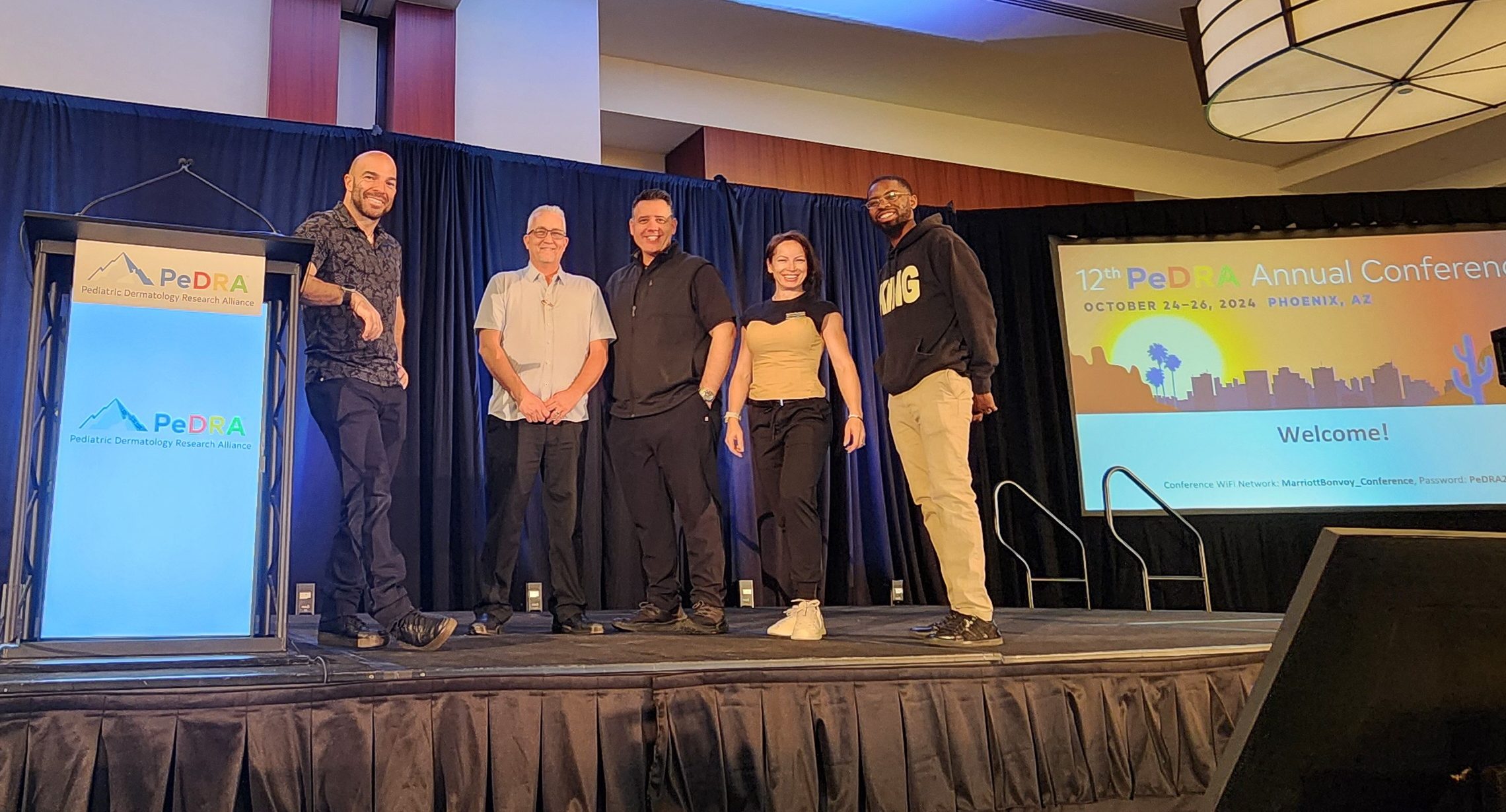
These innovations are set to transform three fundamental aspects of event production:
- Rollable Screens
- Transport massive displays with unprecedented ease
- Drastically reduce setup time and logistics costs
- Enable rapid deployment in any venue
- Stretchable Displays
- Adapt screen size and shape to any space
- Break free from fixed aspect ratios
- Create custom viewing experiences on demand
- Pinnable Surfaces
- Transform any wall into a high-resolution display
- Create seamless multi-screen installations
- Enable truly immersive environmental design
Creative Possibilities Unleashed
This technology opens doors to experiences that were previously impossible:
Immersive Environments
- Cover entire walls, columns, or ceilings with seamless displays
- Transform ballrooms into underwater scenes or starlit skies
- Create dynamic, responsive environments that adapt to audience movement
Dynamic Stage Design
- Shape-shifting backdrops that evolve during performances
- Interactive surfaces that respond to performers’ movements
- Seamless integration of physical and digital elements
Interactive Experiences
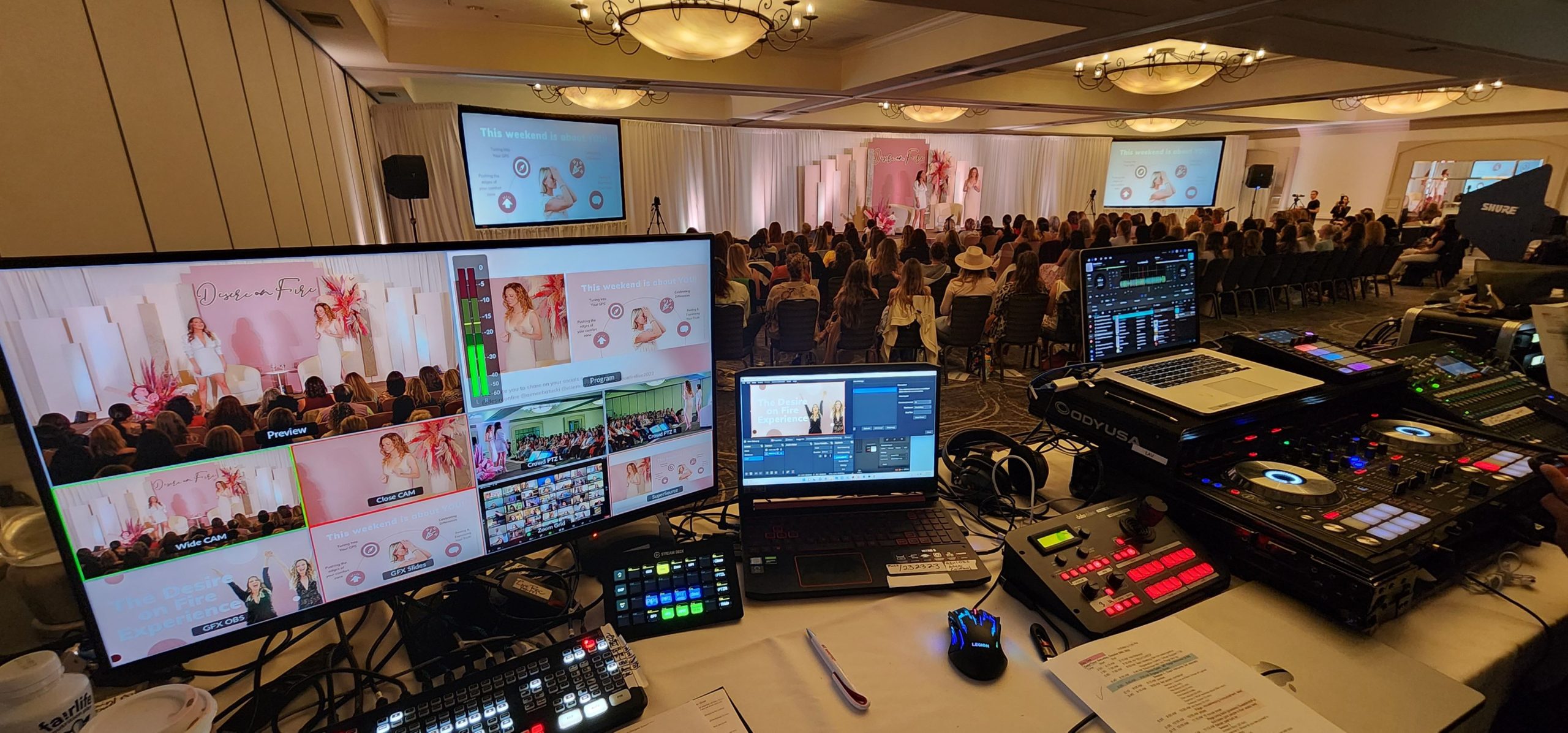
- Touch-enabled surfaces spanning entire walls
- Gesture-controlled presentations at massive scale
- Real-time audience interaction with flexible display environments
Advanced Projection Mapping
- Custom-shaped screens that perfectly match content
- Dynamic surfaces that physically transform during shows
- Blend traditional projection with flexible display technology
Technical Implications for AV Teams
The integration of flexible display technology brings both opportunities and challenges:
Workflow Evolution
- Simplified setup and teardown procedures
- Reduced transportation and logistics requirements
- New content creation demands for variable aspect ratios
- Real-time content adaptation for dynamic display shapes
Technical Considerations
- Power distribution for large-scale flexible displays
- Durability in high-traffic event environments
- Resolution maintenance across variable screen sizes
- Integration with existing AV infrastructure
Production Advantages
- Faster load-in and load-out times
- Reduced labor costs for screen installation
- More creative freedom in design and execution
- Enhanced ability to adapt to venue constraints
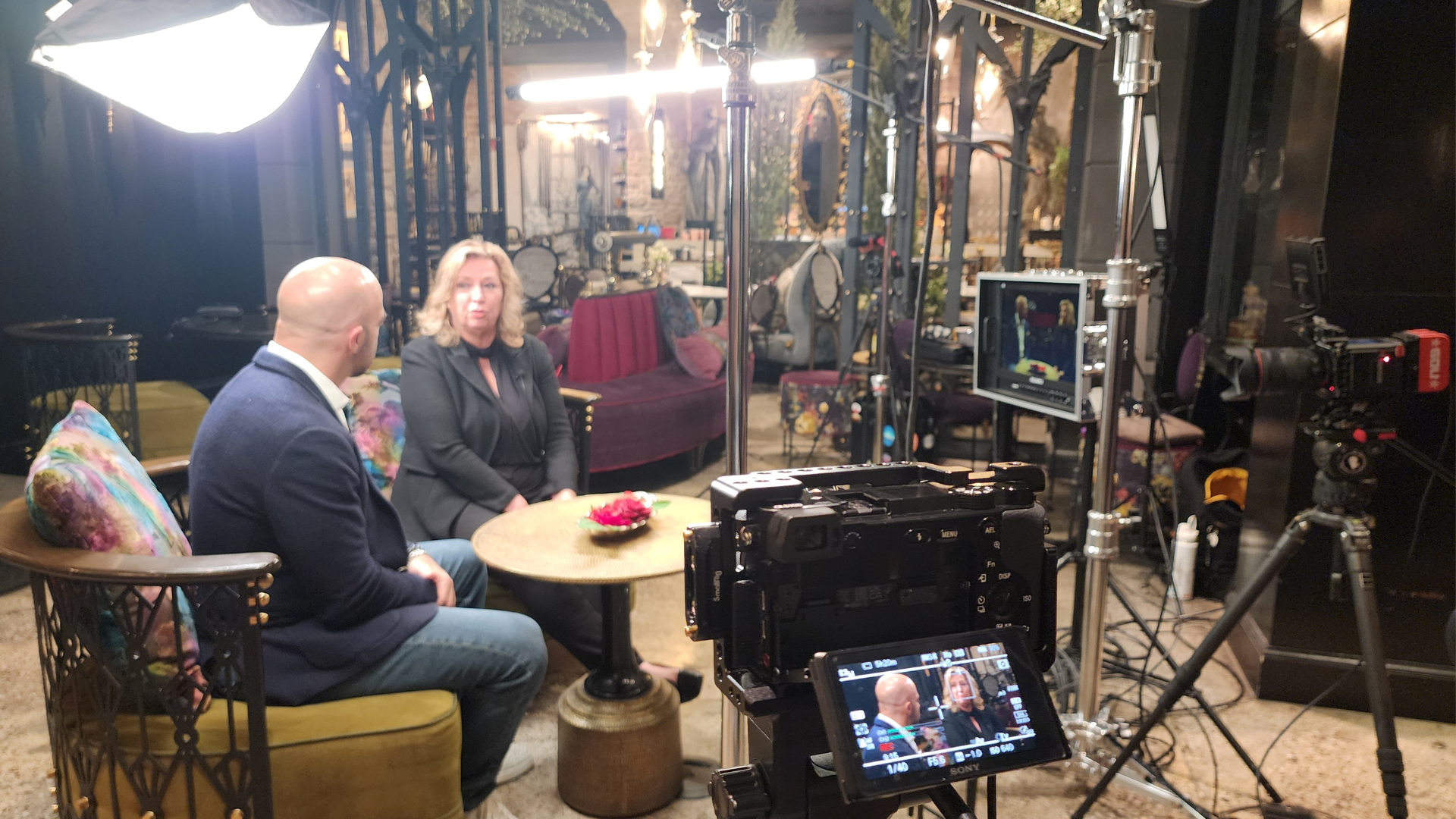
Convergence with AI and Cloud Technologies
The true magic happens when flexible displays meet intelligent systems:
- AI-Driven Content Adaptation
- Real-time content optimization for any screen shape
- Automated visual adjustments for ambient conditions
- Smart content scaling and positioning
- Cloud Integration
- Remote control of flexible display configurations
- Real-time content distribution to dynamic screens
- Collaborative control of immersive environments
Implementation Challenges
While the potential is enormous, several hurdles remain:
Technical Challenges
- Durability: Ensuring screens withstand repeated manipulation
- Power Management: Efficient power distribution for large installations
- Resolution: Maintaining pixel density across variable sizes
- Cost: Managing initial investment in emerging technology
Strategic Considerations
- Training: Preparing teams for new technical demands
- Workflow: Adapting content creation for flexible displays
- Integration: Blending with existing AV systems
- Client Education: Managing expectations and demonstrating value
💡 Key Takeaway: The future of display technology isn’t just about better resolution or brighter images—it’s about breaking free from the physical constraints that have defined visual presentation for decades.
Virtual Reality and Digital Twins: The New Production Paradigm
The integration of virtual reality and digital twins represents more than just another technological advancement—it marks a fundamental shift in how we conceptualize, plan, and execute events. This transformation begins long before the first piece of equipment arrives on site, in virtual spaces where imagination and precision engineering intersect.
Imagine stepping into a perfect digital replica of your venue months before your event. As you move through the space, every detail exists in photorealistic clarity—from the exact position of power outlets to the play of natural light throughout the day. This isn’t just visualization; it’s a living, breathing digital twin that contains every technical specification an event producer might need. Want to know the load capacity of that rigging point? Simply look up. Curious about how sound will travel during a keynote? The acoustic properties are modeled with precision that would make a sound engineer smile.
The implications for event planning are profound. Gone are the days of expensive and time-consuming site visits. A planner in New York can walk through a Tokyo venue alongside their client in London, both sharing the same virtual space in real time. They can experiment with different stage configurations, test sight lines from every seat, and even simulate crowd flow patterns to identify potential bottlenecks before they become problems. Each change they make is reflected instantly in their shared virtual environment, fostering a level of collaboration that was previously impossible.
This technology transforms not just planning, but the entire creative process. Set designers can prototype ambitious ideas without physical construction, testing how different elements interact with lighting and viewing angles. Technical directors can plan cable runs and equipment placement with unprecedented precision, while production managers simulate load-in procedures to optimize setup efficiency. The results extend beyond creative freedom to tangible benefits: reduced travel costs, smaller carbon footprints, and more efficient resource allocation.
But perhaps the most revolutionary aspect lies in how virtual planning enhances the human element of event production. Consider accessibility planning—now producers can literally experience their event from multiple perspectives, understanding how different attendees might navigate the space. They can simulate various sensory experiences, testing how lighting and sound choices might affect guests with different sensitivities. This capability transforms accessibility from a checklist item to an integral part of the design process.
The integration with other emerging technologies amplifies these benefits further. When combined with AI, digital twins become predictive tools, simulating how crowds might flow and helping optimize everything from staffing positions to emergency exits. Virtual spaces become testing grounds for flexible display configurations, allowing producers to perfect complex visual presentations before physical installation begins. Even vendor coordination improves, as every stakeholder can literally see their role in the larger production ecosystem.
Training and preparation take on new dimensions as well. Staff can familiarize themselves with venue layouts and procedures in virtual environments, arriving on site with practical experience of spaces they’ve never physically visited. Emergency protocols can be practiced in realistic scenarios without risk, ensuring teams are prepared for any situation. This virtual preparation translates to smoother operations and fewer on-site adjustments when the actual event begins.
The sustainability implications are equally compelling. By perfecting plans virtually, we reduce the need for physical mockups and minimize material waste. More efficient resource planning means less overordering and fewer last-minute shipping emergencies. Even simple changes, like the ability to conduct virtual site visits, add up to significant reductions in travel-related carbon emissions over the course of a production.
Yet amid these transformative capabilities, challenges remain. The technology requires significant initial investment, both in hardware and expertise. Teams need training not just in using VR tools, but in thinking differently about how they approach event design. Data security and privacy considerations must be carefully managed, especially when dealing with high-profile events or sensitive venues.
However, these challenges pale in comparison to the possibilities this technology unlocks. As VR and digital twin capabilities continue to evolve, they’re creating a new paradigm for event production—one where the boundary between imagination and execution becomes increasingly fluid. The ability to perfect experiences virtually before implementing them physically doesn’t just reduce risk and optimize resources; it expands the boundaries of what we can achieve in live events.
The future of event production lies in this seamless blend of virtual planning and physical execution, where technology enhances rather than replaces human creativity. For those willing to embrace these tools, the reward is nothing less than the ability to create more engaging, inclusive, and sustainable events while pushing the boundaries of what’s possible in live production.
The AI Evolution Continues
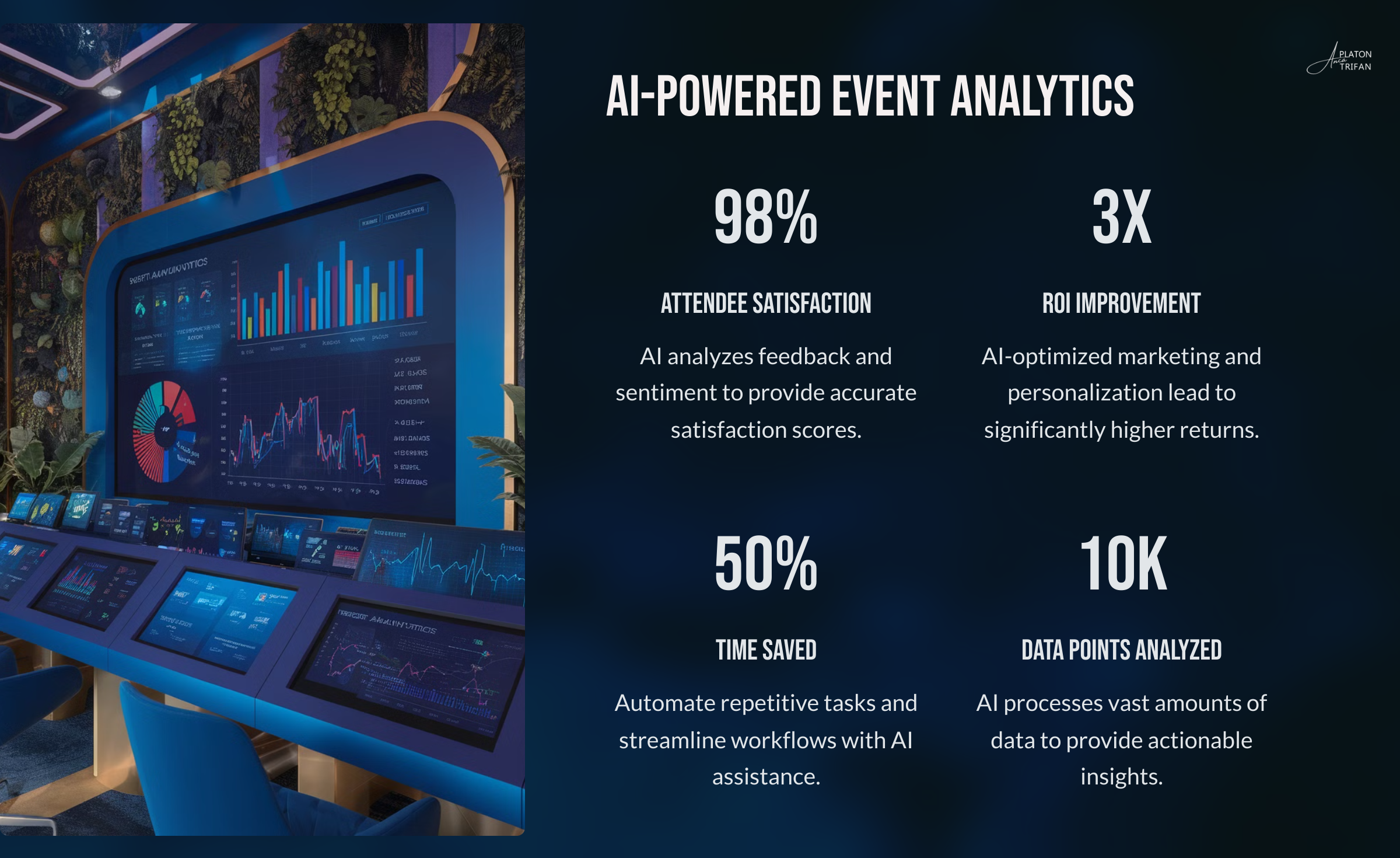
As these physical innovations emerge, AI continues to advance:
- Hybrid Experience Enhancement
- Seamless integration of in-person and remote experiences
- Real-time content optimization for multiple viewing contexts
- Automated multi-language support and accessibility features
- Intelligent Content Creation
- AI-driven highlight generation and content curation
- Predictive camera movements based on event analytics
- Automated real-time content adaptation for flexible displays
- Sustainable Solutions
- Smart resource management through AI optimization
- Energy-efficient flexible display technologies
- Reduced transportation needs through portable solutions
Looking Forward: The Convergence
As these technologies mature, their convergence creates possibilities that once existed only in science fiction. Imagine AI systems analyzing virtual simulations to optimize event flow while flexible displays adapt in real-time to crowd movements. Consider digital twins that incorporate both physical spaces and the intelligent systems that manage them, enabling unprecedented levels of pre-visualization and planning.
Yet amidst this technological revolution, the human element remains paramount. These tools don’t replace creativity—they amplify it. They don’t eliminate the need for expertise—they enhance its impact. The most successful productions will come from teams that understand how to blend these technologies seamlessly while maintaining focus on the fundamental goal: creating meaningful, memorable experiences for their audiences.
The future of event production lies not in any single technology but in their thoughtful integration. As we stand at this technological crossroads, our industry faces unprecedented opportunities to reinvent how we create, capture, and share live experiences. The question isn’t whether to embrace these changes, but how to harness them effectively while preserving the human touch that makes live events magical.
For those of us in the industry, this convergence of technologies represents more than just a set of new tools—it’s an invitation to reimagine the very nature of live experience. As these systems continue to evolve, they promise not just to change how we work, but to expand the boundaries of what we can dream and achieve. The future of event production is limited only by our imagination, and that future is unfolding now.
The Path Forward
The future of event production lies at the intersection of intelligent systems and flexible display technology. This convergence promises not just technical advancement, but a fundamental reimagining of how we create and deliver immersive experiences. Success will come to those who can balance innovation with practical implementation, never losing sight of the ultimate goal: creating meaningful connections with audiences through compelling visual storytelling.
Technical Considerations
- Power requirements for large flexible displays
- Durability in demanding event environments
- Maintaining resolution across variable screen sizes
- Initial cost barriers for cutting-edge technology
Strategic Planning
- Invest in Understanding
- Study emerging display technologies
- Learn AI-driven production tools
- Develop expertise in flexible content creation
- Build Adaptable Teams
- Foster both technical and creative skills
- Encourage experimentation with new technologies
- Maintain focus on storytelling fundamentals
- Plan for Integration
- Start with pilot projects
- Document lessons learned
- Scale successful implementations
As we stand at this technological crossroads, the opportunities for innovation grow exponentially. The question isn’t whether to embrace this change, but how to harness it effectively while maintaining the human touch that makes live events magical.
[/vc_column_text][/vc_column][/vc_row]


